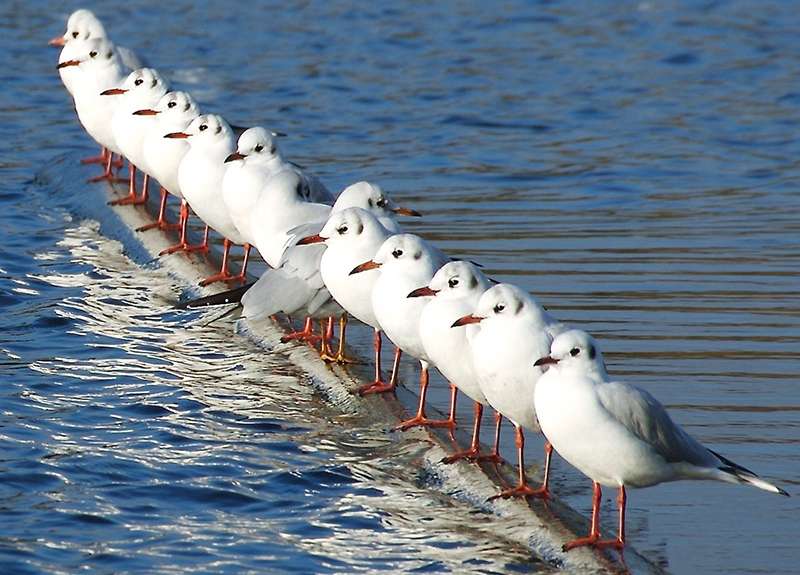Global research collaboration seeks water shortage solutions

Taiwan has faced water shortages for decades – and the Chicago area may face them within the next 20 years as aquifer levels for well water drop while Great Lakes water use is limited by an interstate compact.
As drought conditions worsen worldwide due to global warming, improved water conservation and efficiency systems become increasingly necessary. National Taiwan University (NTU), a prestigious research institution located in Taipei, is seeking to harness the power of the international science community here and globally to propel cities into a more sustainable future.
The Dragon Gate Program of National Taiwan University, in collaboration with Argonne National Laboratory west of Chicago, and Northwestern University are pioneering water reclamation and reuse technologies. One is a filtration systems that produce clean water from salt water or wastewater. The project is in its third year.
Yupo Lin, an electrochemical engineer at ANL, is leading the research team to scale up a filtration technology called Resin Wafer Electrodeionization (RW-EDI). The process purifies wastewater by pushing it through a series of porous ion exchange membranes with an electric field on either side. The result is an energy-efficient and economically viable approach to water reclamation, Lin said.
"We don't have many natural resources in Taiwan," said Lin. So far, the Argonne RW-EDI process has only been demonstrated as a pilot program. But the team hopes to soon create systems that can be used commercially and improve water efficiency on a large scale. Plans are underway to do just that.
"We're doing this research to solve problems that South Taiwan is facing," said postdoctoral fellow Ming-Huang Wang. "We want to create a versatile technology."
Wang works with the Carbon Cycle Research Center at NTU, but is now spending 10 months in the Energy Systems Division at ANL, where he is working with Lin on water reuse technologies that could be applied in Taiwan and elsewhere as water shortages spread due to climate change.
RW-EDI does not purify wastewater to the extent that it is drinkable. However, the brackish or semi-pure water that is extracted can still be used for numerous purposes.
"We tend to think that most of the water that's used is what people drink, but that's not true," said Aaron Packman, professor of civil and environmental engineering at Northwestern University. He is partnering with Lin, Argonne, and NTU on the RW-EDI project. "One of the strategies that we're looking at is to try to separate the drinking water from industrial water use," he said. The technology could remove compounds that are problematic for industry to produce water that can be used for cooling and other purposes.
"You don't have to treat water to drinking standards if it's going to be used for industrial purposes," said Packman, part of the Northwestern-Argonne Institute for Science and Engineering. "There are ways to be more efficient."
Because power plants are the largest consumers of water in the U.S., using more efficient sources for cooling water would have a significant impact on the water supply. It's hard to imagine that a place like Chicago, which sits right alongside Lake Michigan, could ever face water shortages, but estimates indicate that industrial and economic development could be limited in the city within the next 20 years. "If we find a way to reuse the wastewater that opens up a huge amount of new development potential," said Packman.
The NTU-ANL-NU partnership and the Dragon Gate Program have created opportunities for scientists from both institutions to contribute to technologies that could improve resource management, not just in Chicago and Taipei, but across the globe.
A consortium of global scientists will gather Aug. 5 and 6 at a conference hosted by NTU to explore opportunities for new international collaborations. The symposium isl focusing on clean water technologies, the vital links between urban food, energy and water supplies, and green infrastructure. Lin and Packman will be addressing these topics at the symposium, along with Seth Snyder, a mechanical engineering professor at Northwestern, and scientists from several institutions.
"We are aiming for integrated water-energy solutions including a mixture of technological innovation and integration of engineered systems with natural systems," said Packman. The collaboration between leading scientists in this field could produce the ingenuity that will allow cities to continue to function as resource scarcity becomes a more imminent threat.
Provided by Northwestern University




















